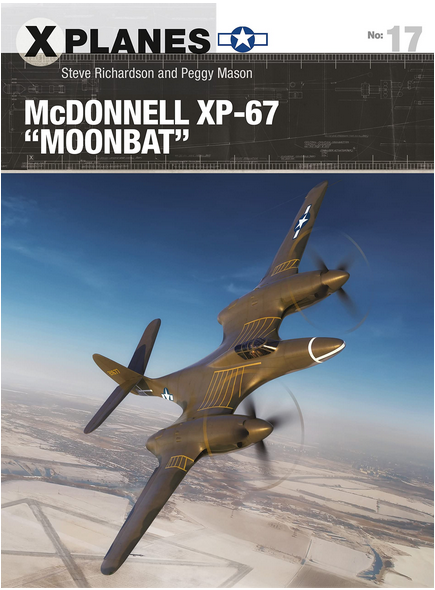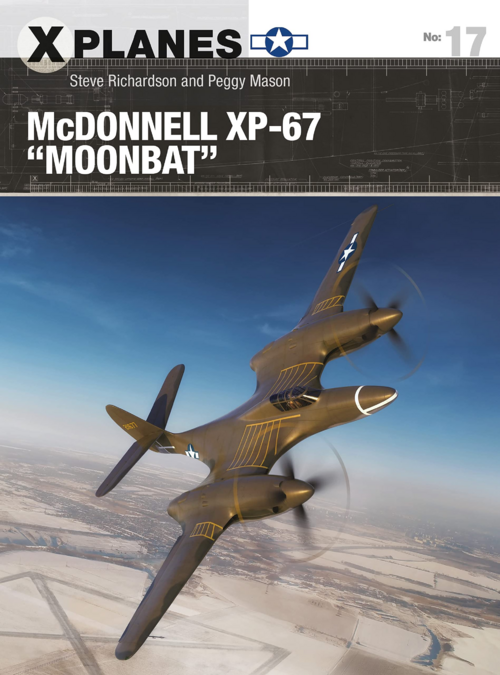bercr
ACCESS: Secret
- Joined
- 12 January 2011
- Messages
- 289
- Reaction score
- 399
McDonnell XP-67 "Moonbat" (X-Planes, 17): Richardson, Steve, Mason, Peggy, Tooby, Adam: 9781472853035: Amazon.com: Books
McDonnell XP-67 Moonbat (X-Planes, 17) [Richardson, Steve, Mason, Peggy, Tooby, Adam] on Amazon.com. *FREE* shipping on qualifying offers. McDonnell XP-67 Moonbat (X-Planes, 17)
www.amazon.com



